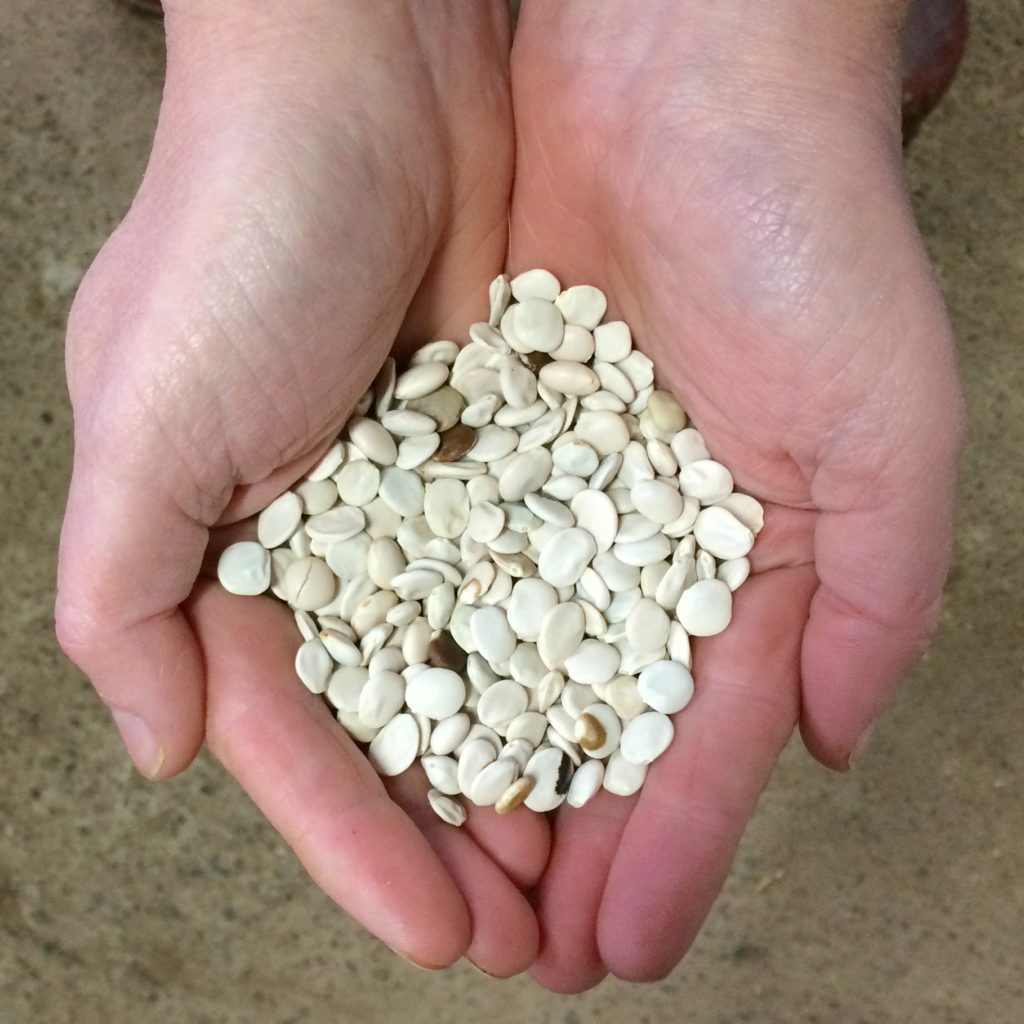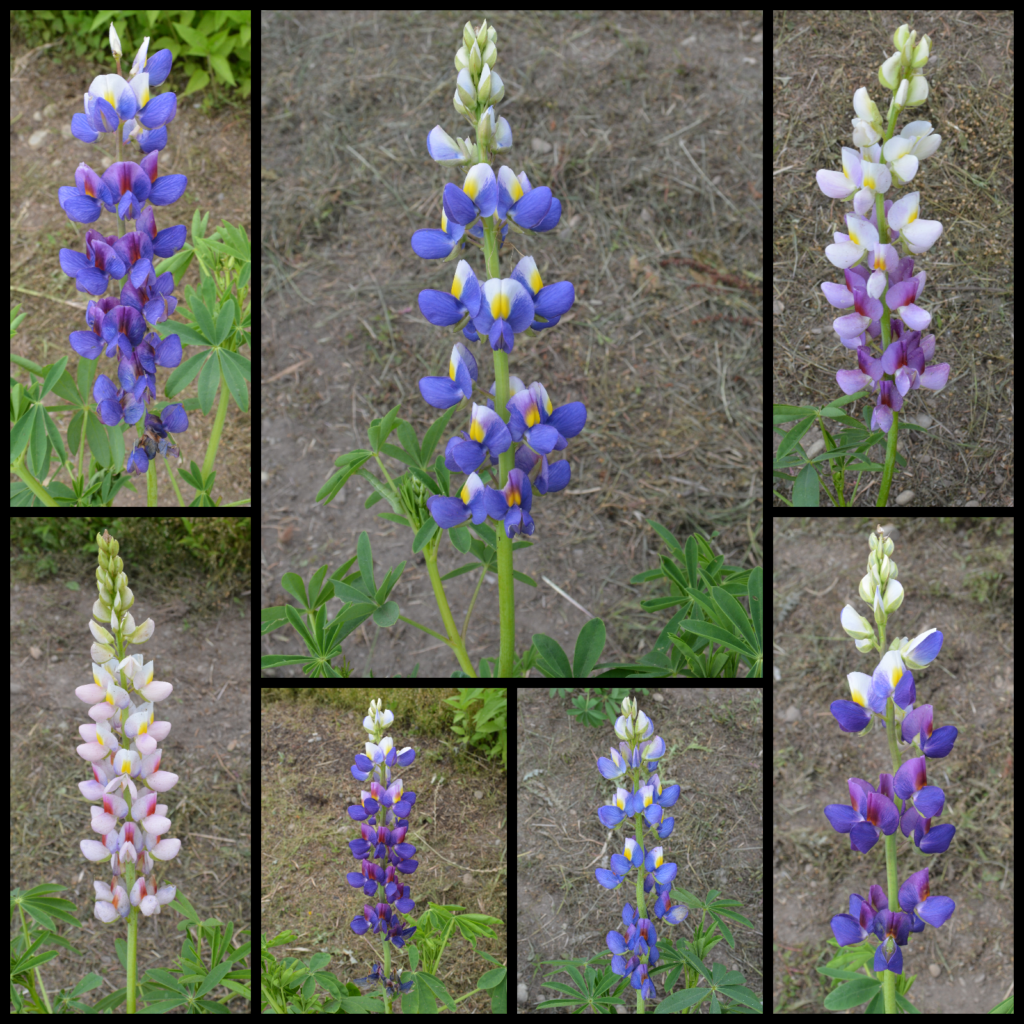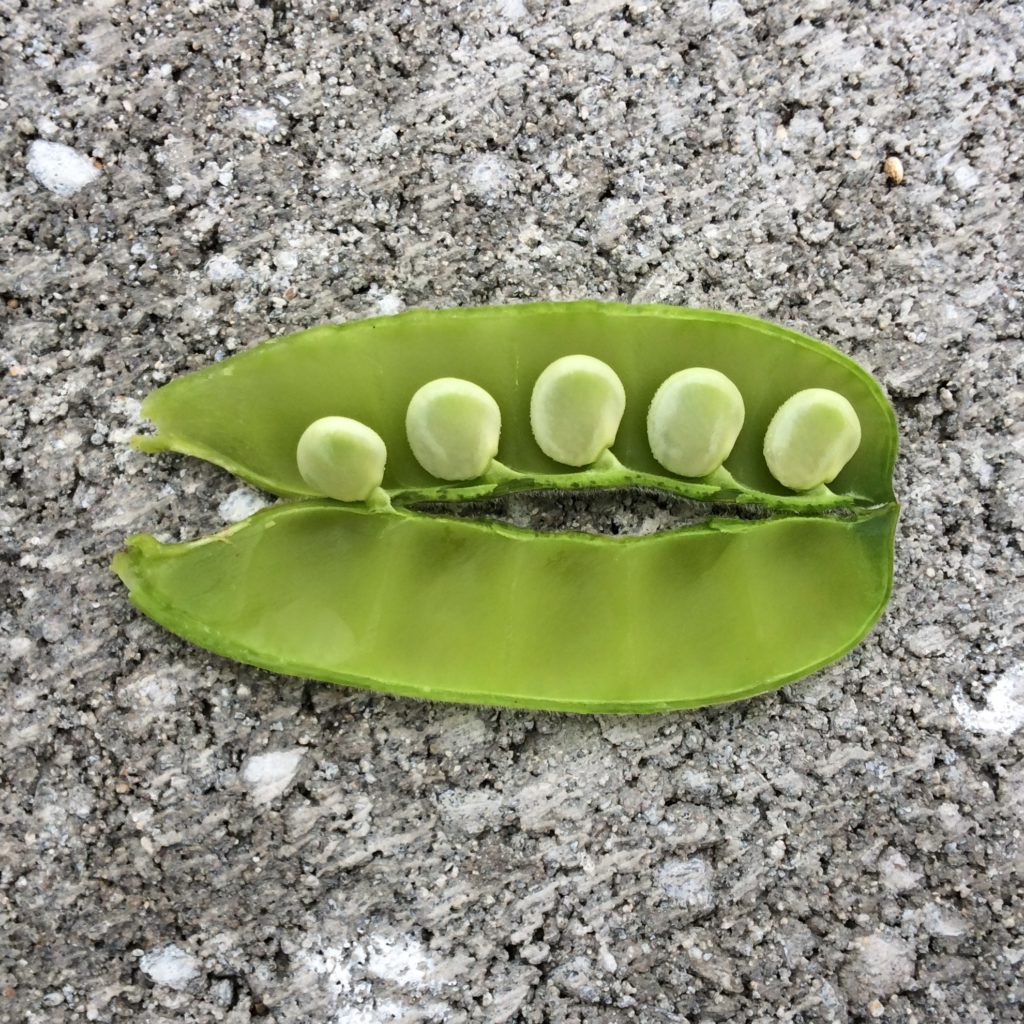 Tarwi (Lupinus mutabilis)
Tarwi (Lupinus mutabilis)
About Tarwi
Description
Tarwi (Lupinus mutabilis) is an edible lupin bean, native to South America. It is grown throughout the Andes, from Colombia south to Argentina and Chile, but like many of the traditional Andean crops, its use declined following the Spanish conquest. Tarwi was replaced in most areas by the European broad bean (Vicia faba), which tolerates similar climates but doesn’t require processing to render it edible. Tarwi is a crop with long lists of both advantages and disadvantages. Among the advantages are its tolerance of cool summer temperatures, drought tolerance, a nutritional composition that includes both 40% protein and 20% oil content, high resistance to pests, plants that are a worthy ornamental with large number of attractive flowers, ability to grow in marginal soils, and nitrogen fixation. The last makes it suitable as a cover crop in addition to a food crop.
The disadvantages? Tarwi seeds contain high concentrations of alkaloids and they must be soaked for at least 48 hours, sometimes in multiple changes of water, to eliminate the bitter alkaloids. (Sometimes, when I mention this, people react like it would be crazy to grow this plant, but it really isn’t a big deal to soak a couple handfuls of seeds in a bowl of water for a few days. Regular dry beans often need to be soaked overnight.) The plant is an annual, but requires a long growing season, with a minimum of about six months to harvest, but more like nine months to obtain good yields. The plants are indeterminate, flowering and setting seed over a period of months, so they need regular attention to harvest the pods as they mature. This limits productive cultivation in North America to the same sorts of climates as the Andean tuber crops: the Pacific Northwest, coastal California, and probably parts of the Appalachians. The plants can tolerate light frosts, but a hard frost will generally kill the whole stand.
So called “sweet” varieties of tarwi that have low concentrations of alkaloids do exist. These varieties can be consumed without soaking or with reduced soaking. I’m in a minority of people who feel that it is better to learn how to use traditional high alkaloid tarwi than to grow sweet varieties. The inevitable consequence of growing sweet varieties is that they will require applications of pesticide to replace the built in deterrent of alkaloids.
Plants grow from two to four feet tall, with most at about three feet. Plants may spread about two feet or even a bit more. Flowers come in various shades of blue and rarely white or pink. Tarwi seeds are approximately 1/3 of an inch in diameter and are usually white, although varieties with brown, black, or mottled seeds also exist. Seed pods contain about four seeds on average. There may be as many as 3000 varieties and landraces in the Andes, based upon the number of accessions held by gene banks, although the genetic diversity among them is fairly low.
History
Tarwi was once grown extensively in the highlands of Bolivia, Ecuador, and Peru. Although other lupin species have been domesticated in Europe, tarwi is the only domesticated species native to the Americas (Blanco 1982). The crop was domesticated by the pre-Incan peoples of the region and filled a crucial niche as one of the few high protein crops that can be grown at higher elevations in the Andes. Most Tarwi is grown in the vicinity of Lake Titicaca, with relatives small pockets throughout the rest of the Andes (Jacobsen 2008).
Nutrition
The nutritional composition of tarwi is often compared to soybean. Protein content ranges from 41 to 51 percent oil content from 14 to 24 percent (Gross 1988). This makes it an excellent contribution to the otherwise carbohydrate heavy traditional Andean diet. Tarwi contains a large amount of the amino acid lysine (NRC 1989), which makes it a good pairing for most cereals, as they together yield a complete and properly balanced complement of amino acids.
Cooking and Eating
Traditionally, tarwi is most commonly used as an ingredient in soups and stews.
I typically soak tarwi for two days in three changes of water. I start it in the morning, then change the water in the evening and the following morning. By the evening of the second day, it is ready to be rinsed and cooked. Your results may not be exactly the same, since temperature and pH of the water that you use to soak the seeds affect the rate of leaching. If the tarwi is bitter, soak longer the next time. Once you have found the proper soaking time, it should always be the same.
Tarwi seeds can be pressed for oil and yield a product that is similar to peanut oil (NRC 1989).
Growing

Propagule Care
Tarwi seed stores easily and appears to retain good germination for at least four years at 70 degrees F (21 C). As with most seeds, it should last longer if stored at lower temperatures. Mature seed stores better than immature seed, so it is a good idea to keep the first seeds that you harvest for your seed crop. By the end of the growing season, once cold weather arrives, you are more likely to harvest immature seeds.
Planting
Tarwi should be direct sown in spring after risk of frost has ended. While mature plants have some frost resistance, seedlings do not. The seeds germinate easily and quickly even in cool soil. Planting should be delayed or seed should be sown in larger amounts if the soil is very wet, as tarwi seeds sometimes rot if soil is both wet and cold. Seedlings should emerge within ten days and develop rapidly.
Spacing of 18 inches works well. Plants mature earlier in conditions of drought, so if you are growing in a short season climate, withholding water after the central stem begins flowering may be one way to get an earlier crop. Plants are somewhat resistant to mild frosts, particularly in dry conditions, but will die if the temperature drops below freezing for more than a few hours.
Cover Cropping
Tarwi fixes nitrogen and can be used as a cover crop. In fact, this is my primary use for tarwi. Cover cropping with tarwi is not common in North America due to limited seed availability, but it has a lot going for it. Tarwi fixes 143 to 196 pounds of nitrogen per acre (160-200 kg/ha), which is similar to crops like crimson clover. Less nitrogen is fixed in acid soils due to poor development of Rhizobium symbionts. It does this while tolerating both wet and dry conditions and even in cool weather. Inoculant will usually be required for a initial crop of Tarwi. Target about three seeds per square foot for cover cropping. The seeds need to be covered, which can be accomplished with shallow tilling or raking for small areas.
Harvest

One nice feature of tarwi is that its seed pods are non-shattering. They hold on the plant for a long time and will even drop to the ground intact if not harvested. Unfortunately, tarwi pods have little resistance to wet weather and seeds will sprout very easily in the pods if they get wet for more than a day or two. If the weather is wet, you must harvest the pods while they are still green. Ideally, you want to get them when they are just starting to turn past green. If you wait until they are brown and dry, you will likely find all the seeds sprouted in the pods. In dry weather, you can let the pods hang on the plants as long as you like.
Growth is indeterminate, so pods mature over a long period, with some varieties maturing pods over a period as long as three months. The central stalk is the first to flower. Flowering on side branches begins later and branches may continue to form until the end of the growing season, depending on variety. Harvesting therefore requires continuous effort in order to maximize yield. Determining when pods are sufficiently mature to pick requires experience and is almost impossible to describe. The pods turn brown and leathery and the angle that they form with the stem becomes a bit less acute. Sufficiently mature pods will yield seeds that are round and plump. Immature seeds may have more of a D shape and can be very flat. Immature seeds are often germinable, but should be sown at a higher rate.
Propagation
Tarwi varieties are mostly landraces and are not true breeding. Much like broad beans, tarwi crosses fairly readily, so you need to separate varieties by at least 100 feet to minimize crossing if you are trying to preserve particular types. This won’t be a problem for most people, as there is probably not a great deal of demand for multiple varieties of tarwi; there is not much variation in the flavor or appearance of the seeds. Most growers should probably start with a diverse population and save seed from the plants that perform best for them.
Problems
Diseases
This most common problem that we see with tarwi is wilting. Over a period of several weeks, the foliage wilts and then the stem collapses. I don’t know the cause yet, but there are a lot of possible culprits. Andean plants are often vulnerable to diseases of lower elevations like Verticillium that are uncommon in the Andes. This problem is not usually widespread in the genetically diverse population that we grow.
Anthracnose
Pests
We have found that tarwi is very resistant to insect and animal pests. About the only pest that we have any trouble with is slugs. Slugs are primarily a problem with seedling plants, up to a foot tall. Once they grow larger than that, the slugs can’t do much damage.
Crop Development
It seems that the major goal for most breeders working with tarwi is to eliminate the alkaloid content. When it is removed, the beans are not bitter and can be used without any processing. It has been established that this is a recessive trait, so non-bitter varieties must be grown in isolation to prevent crossing with normal, bitter tarwi varieties. I have no plans to work on non-bitter varieties. Although leaching to removing the bitterness is slightly inconvenient, you are compensated for it by the fact that tarwi is rarely bothered by pests. Almost nothing here eats tarwi; deer don’t even browse it. Take away those alkaloids and you would turn tarwi into a crop that needs human intervention to protect it. I prefer to leave its natural defenses intact.
Tarwi has a chromosome number of n=24, while European lupins are n=25. Hybridization appears to be possible with many other members of the genus and has been achieved with L. albus, L. polyphyllus, L. termis, L. graecus, L. vavilovii, L. elegans, L. pubescens, L. hartwegii, and L. nanus (Jacobsen 2008). Low numbers of seed were obtained from these interspecific crosses.
2 thoughts on “Tarwi (Lupinus mutabilis)”
Leave a Reply
You must be logged in to post a comment.

I got seeds 2012 RHS Chelsea Flowers Show and I didn’t planting them When I sorted my seeds I discovery them and I souk them for 24 hours and it seems to me that they wake up from long sleep. Now I planted them i small pots and after I read your story I will put them out. I like the flowers. Are they perennial?
Annuals